
All That Jazz is a 1979 American musical drama film directed by Bob Fosse and starring Roy Scheider. The screenplay, by Robert Alan Aurthur and Fosse, is a semi-autobiographical fantasy based on aspects of Fosse's life and career as a dancer, choreographer and director. The film was inspired by Fosse's manic effort to edit his film Lenny while simultaneously staging the 1975 Broadway musical Chicago. It borrows its title from the Kander and Ebb tune "All That Jazz" in that production.

Roy Richard Scheider was an American actor and amateur boxer. Described by AllMovie as "one of the most unique and distinguished of all Hollywood actors", he gained fame for his leading and supporting roles in celebrated films from the 1970s through to the early to mid-1980s. He was nominated for two Academy Awards, a Golden Globe Award, and a BAFTA Award.
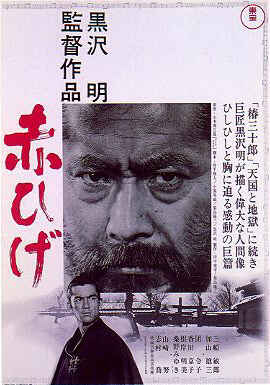
Red Beard is a 1965 Japanese jidaigeki film co-written, edited, and directed by Akira Kurosawa, in his last collaboration with actor Toshiro Mifune. Based on Shūgorō Yamamoto's 1959 short story collection, Akahige Shinryōtan, the film takes place in Koishikawa, a district of Edo, towards the end of the Tokugawa period, and is about the relationship between a town doctor and his new trainee. Fyodor Dostoevsky's novel Humiliated and Insulted provided the source for a subplot about a young girl, Otoyo, who is rescued from a brothel.
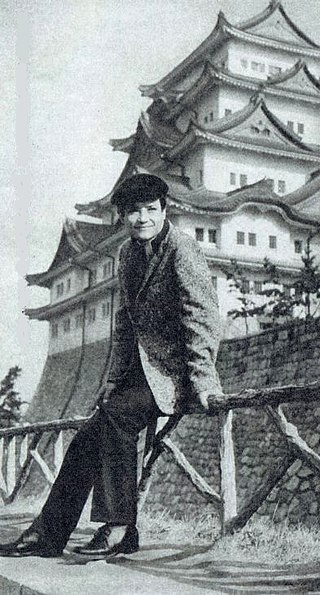
Akinobu Ogata, better known by his stage name Ken Ogata, was a Japanese actor. He appeared in more than 50 movies and 25 television series. For his merits and contribution to arts in 2000 received Japan's Medal of Honor with Purple Ribbon.
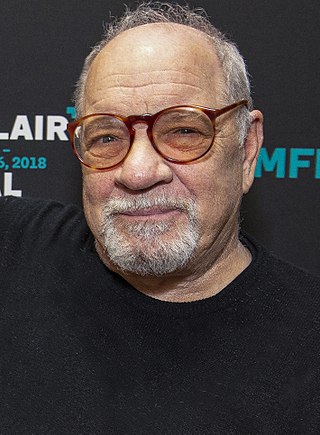
Paul Joseph Schrader is an American screenwriter, film director, and film critic. He first became widely known for writing the screenplay of Martin Scorsese's Taxi Driver (1976). He later continued his collaboration with Scorsese, writing or co-writing Raging Bull (1980), The Last Temptation of Christ (1988), and Bringing Out the Dead (1999). Schrader is more prolific as a director: his 22 films include Blue Collar (1978), Hardcore (1979), American Gigolo (1980), Mishima: A Life in Four Chapters (1985), Light Sleeper (1992), Affliction (1997), and First Reformed (2017), with the last of these earning him his first Academy Award nomination. Schrader's work frequently depicts "man in a room" stories which feature isolated, troubled men confronting an existential crisis.

Tokyo Story is a 1953 Japanese drama film directed by Yasujirō Ozu and starring Chishū Ryū and Chieko Higashiyama, about an aging couple who travel to Tokyo to visit their grown children.
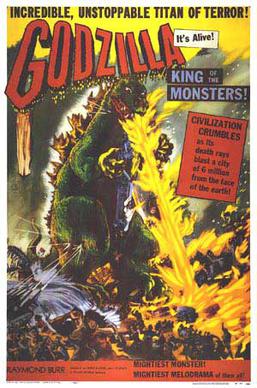
Godzilla, King of the Monsters! is a 1956 kaiju film directed by Terry O. Morse and Ishirō Honda, with special effects by Eiji Tsuburaya. It is a heavily re-edited American localization, or "Americanization", of the 1954 Japanese film Godzilla. The film was a Japanese-American co-production, with the original footage produced by Toho Co., Ltd., and the new footage produced by Jewell Enterprises. The film stars Raymond Burr, Takashi Shimura, Momoko Kōchi, Akira Takarada, and Akihiko Hirata, with Haruo Nakajima and Katsumi Tezuka as Godzilla. In the film, an American reporter covers a giant reptilian monster's attack on Japan.

The Yakuza is a 1974 neo-noir crime drama film directed by Sydney Pollack and starring Robert Mitchum, Ken Takakura and Brian Keith. The screenplay by Paul Schrader and Robert Towne is from a story by Schrader's brother, Leonard Schrader.
Kenji Sawada is a Japanese singer, composer, lyricist and actor, best known for being the vocalist for the Japanese rock band The Tigers. Nicknamed "Julie" because of his self-professed adoration of Julie Andrews, he was born in Tsunoi, Iwami, Tottori Prefecture, Japan, and raised in Sakyo-ku, Kyoto at age 3.

Pickpocket is a 1959 French film written and directed by Robert Bresson. It stars Martin LaSalle, who was a nonprofessional actor at the time, in the title role, and features Marika Green, Pierre Leymarie, and Jean Pélégri in supporting roles. The film is generally considered to be one of Bresson's greatest films.

Kyōko no Ie (鏡子の家) is a 1959 novel by the Japanese writer Yukio Mishima.
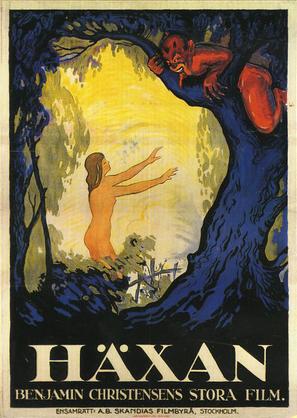
Häxan is a 1922 silent horror essay film written and directed by Benjamin Christensen. Consisting partly of documentary-style storytelling as well as dramatized narrative sequences, the film purports to chart the historical roots and superstitions surrounding witchcraft, beginning in the Middle Ages through the 20th century. Based partly on Christensen's own study of the Malleus Maleficarum, a 15th-century German guide for inquisitors, Häxan proposes that such witch-hunts may have stemmed from misunderstandings of mental or neurological disorders, triggering mass hysteria.

Eiko Ishioka was a Japanese art director, costume designer, and graphic designer known for her work in stage, screen, advertising, and print media.
Leonard Schrader was an American screenwriter and director, most notable for his ability to write Japanese-language films and for his many collaborations with his brother, Paul Schrader. He earned an Academy Award nomination for the screenplay he wrote for the film Kiss of the Spider Woman.

The Last Temptation of Christ is a 1988 epic religious drama film directed by Martin Scorsese. Written by Paul Schrader with uncredited rewrites from Scorsese and Jay Cocks, it is an adaptation of Nikos Kazantzakis' controversial 1955 novel of the same name. The film, starring Willem Dafoe, Harvey Keitel, Barbara Hershey, Andre Gregory, Harry Dean Stanton and David Bowie, was shot entirely in Morocco.

John Ira BaileyASC was an American cinematographer and film director known for his collaborations with directors Paul Schrader, Lawrence Kasdan, Michael Apted, and Ken Kwapis. In August 2017, Bailey was elected president of the Academy of Motion Picture Arts and Sciences. He was succeeded by casting director David Rubin in August 2019.

The Only Son is a 1936 Japanese film directed by Yasujirō Ozu, starring Chōko Iida and Shin'ichi Himori. The film was Ozu's first sound film feature.
Pale Flower is a 1964 Japanese film noir directed by Masahiro Shinoda. The film is about Muraki a Yakuza hitman just released from prison. At an illegal gambling parlor, he finds himself drawn to a mysterious young woman named Saeko. Though Saeko loses large sums of money, she asks Muraki to find games with larger and larger stakes. The two become involved in an intense mutually destructive relationship. Film critic Roger Ebert gave Pale Flower four stars and placed it on his list of Great Movies.
Reisen Ri, also credited as Reisen Lee, was a Japanese stage and film actress of Korean descent.















